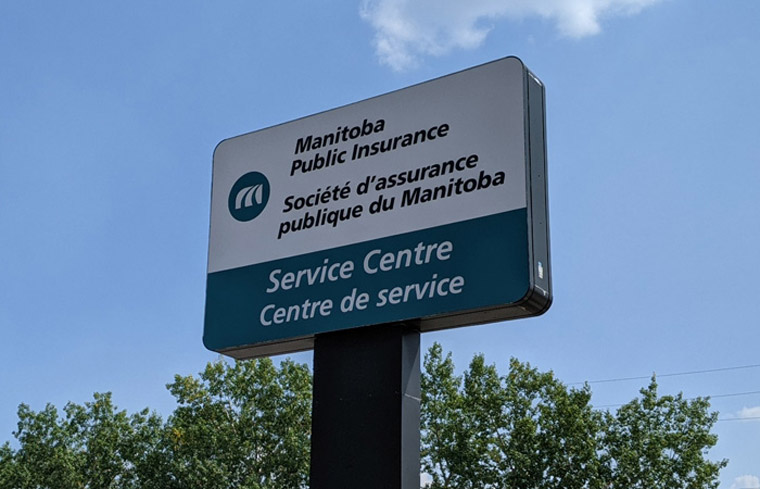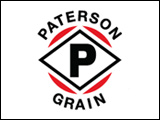Riding an off-road vehicle (ORV) is one of the most popular summer activities in Manitoba and, when done safely, can be a fun way to explore the province. However, an increasing number of young people are ending up in the Emergency Department with severe and life-altering injuries after riding ORVs.
“Like many Manitobans, I am an avid ORV rider, and part of being a responsible rider is knowing how quickly and tragically things can go wrong when these vehicles are misused,” said Matt Wiebe, Minister of Justice and Attorney General of Manitoba and Minister Responsible for Manitoba Public Insurance (MPI). “Our government is committed to raising awareness for ORV safety and helping to prevent tragedies, especially the loss of young lives.”
MPI works closely with the provincial government on road safety initiatives in an effort to keep Manitoba’s roads safe for all users and prevent injuries and fatalities from occurring.
“The data we have offers a window into the severity of ORV-related injuries, reinforcing the urgent need for immediate action,” said Satvir Jatana, President & CEO of MPI. “Understanding the risk involved when operating these very powerful vehicles will help educate adults on the importance of safe use and supervision when teaching children how to ride on, and off, Manitoba’s roadways.”
MPI, in partnership with Dr. Lynne Warda, a leading pediatric emergency physician in Winnipeg, has examined data around pediatric trauma cases, which shows a sharp rise in those linked to ORV use in Manitoba. The information shows that lack of adult supervision and lack of helmet use are large contributing factors to the injuries being seen in hospitals.
In the last five years, 12 people have been killed in ORV collisions and 220 people have been injured. According to Dr. Warda, between 2011-2024, 633 children visited the Children’s Hospital Emergency Department at Health Sciences Centre with injuries sustained on an ORV. In the last four years, the number of annual injuries has been between 80-100 cases per year. Of those cases, 32 per cent were admitted to the hospital, emphasizing the severity of the injuries.
“Children’s Hospital is the only trauma centre for children in Manitoba, so patients with serious injuries are sent to us from all over the province,” said Dr. Warda. “ORV injuries are some of the most serious injuries we see. The speed and size of the vehicle leads to high impact collisions and rollovers, so the riders often have multiple injuries. This might include a head injury, broken bones, and lacerations, some needing surgery or admission to hospital. These injuries can lead to long-term disability when the head or spine is injured.”
According to the data, in Manitoba, male youths between the ages of 14-16 are suffering severe injuries on the weekends of June, July, and August. June marks ORV Safety Month, and the need to focus on safety in relation to ORVs continues to be important.
“We deliver off-road vehicle (ORV) safety presentations, funded by Manitoba Public Insurance, to youth in schools, First Nations communities, and local community clubs across the province,” said Terris Baran, Manager of Road Safety Programming at Safety Services Manitoba (SSM). “In partnership with ATV Manitoba, we also offer hands-on training to ATV riding clubs and deliver customized ATV training for companies throughout Manitoba.”
MPI and SSM work together to deliver presentations across the province, many of which are aimed at youth. From Jan-Mar 2025, 44 ORV presentations were delivered to 2,135 youth in communities and First Nations across Manitoba.
“ORVs are powerful machines, not toys,” said Baran. “Children under 16 often lack the size, strength, and judgment to operate them safely. That’s why we urge families to keep young riders off adult-sized ATVs and instead focus on supervised use of age-appropriate models, certified training, and proper safety gear, especially helmets. Our goal is to protect young lives and prevent tragedies before they happen.”
The information collected by MPI and by Dr. Warda shows that in many of the cases when youth are injured on ORVs, parents could not identify where the youth had been riding or what, exactly, happened, emphasizing that parental supervision is key to keeping youth safe on ORVs.
Under Manitoba law, youth 14-16 years of age must be supervised and accompanied by a parent or person at least 18 years old. If a youth is 15 ½ years of age and holds a valid Learner Stage driver’s licence, they can operate an ORV unsupervised but still are not permitted to travel or cross roadways, shoulders, or sidewalks.
Safety tips to remember for ORV riders of any age:
- Manufacturers include age guidelines based on the size and power of each ORV. These guidelines should always be followed to help prevent injury. A child should never operate a full-size ORV meant for adults.
- Young riders should always have hands-on adult supervision. Parents and caregivers play a big role by modelling safe riding and making sure children are trained. Enrolling children in certified safety training courses, such as those offered by SSM, is a great way to teach them about handling, speed control, and terrain awareness.
- A DOT-approved helmet is required for all riders and passengers. Other recommended gear includes eye protection, gloves, long sleeves and pants, over-the-ankle boots, and chest and shoulder protection.
- Farm work should always match the rider’s age and the machine’s capabilities. Youth-sized ORVs are not built for towing or hauling.
- Don’t carry passengers on single-rider ORVs.
- Avoid paved roads unless absolutely necessary and legal.
- Ride in daylight, on familiar terrain, and at safe speeds.
- Always slow down on hills, corners, and rough patches. Most rollovers happen when going too fast on these types of terrain.
- Be cautious with unpredictable terrain like mud, loose gravel, or steep slopes as they can quickly lead to loss of control.
- Stick to designated trails or areas where permission has been granted.
- Avoid environmentally sensitive spots like wetlands or wildlife zones.





